



with Immersive VR Solutions
We offer tailored VR solutions for healthcare, empowering patients, professionals, and students with immersive technology for education, training, treatment, rehabilitation, and planning.
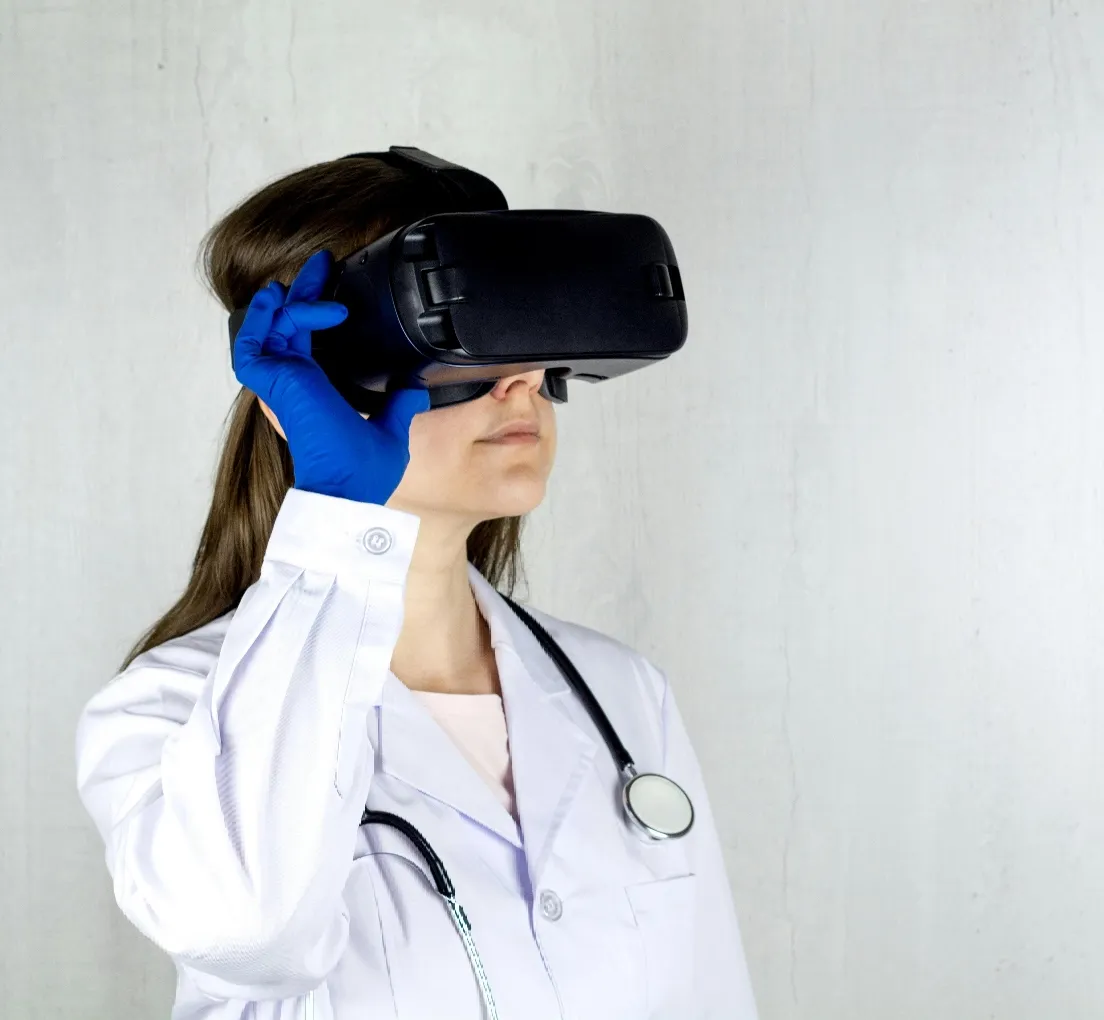
Why VR for Healthcare?
Healthcare is the perfect field to employ Virtual and Augmented Reality solutions. Using these innovative techniques, healthcare professionals will be able to improve treatment to their patients, improve training of personnel, reduce pain during treatments and more.
Virtual Reality for Healthcare can be used for:
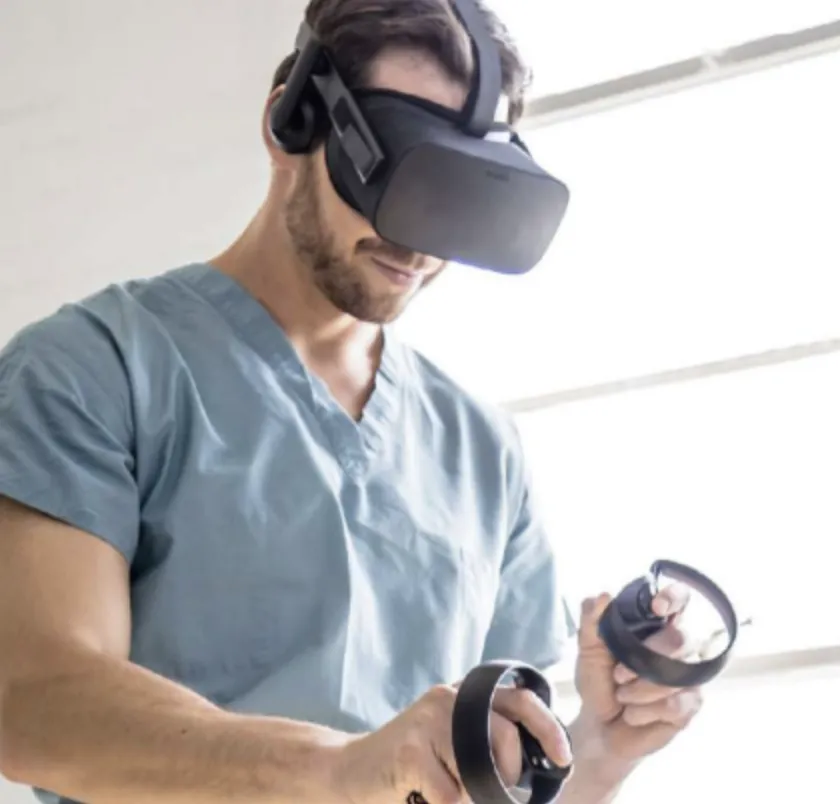
Training of Students
Training in Virtual Reality increases retention and understanding, while offering much more possibilities to the trainer to create realistic training scenarios.
In Virtual Reality, trainers can create scenarios to:
Trainers are able to monitor progress of the trainee, track performance, change scenarios to better match their needs/skills and more.
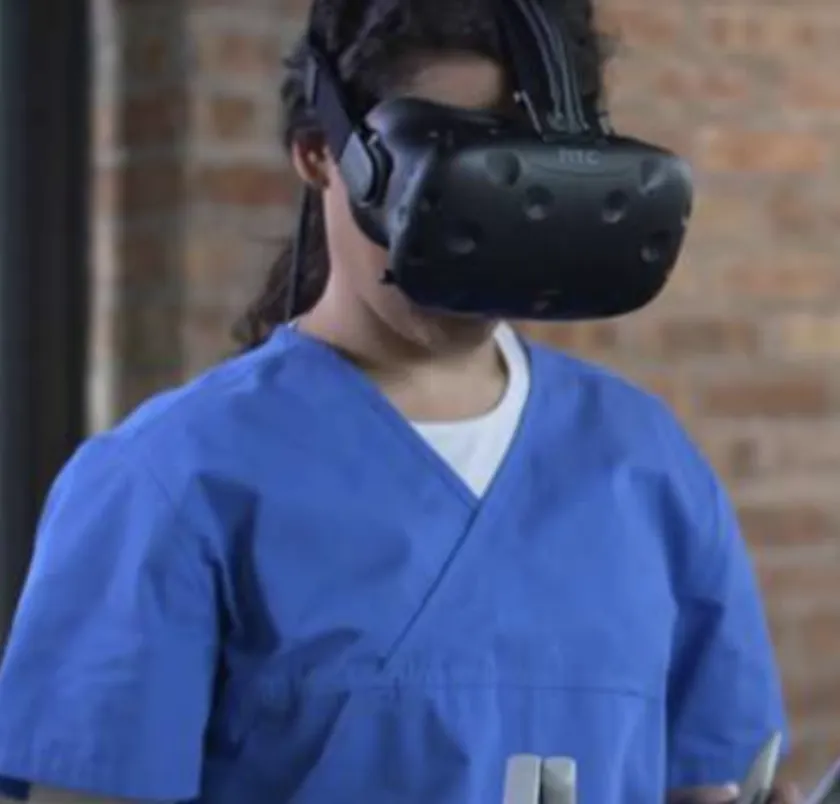
Training of Surgeons
Training in Virtual Reality increases retention and understanding. Additionally, VR minimizes the need to train on expensive corpses and allows the surgeon to train at a time of his choosing, accommodating his/her busy schedule.
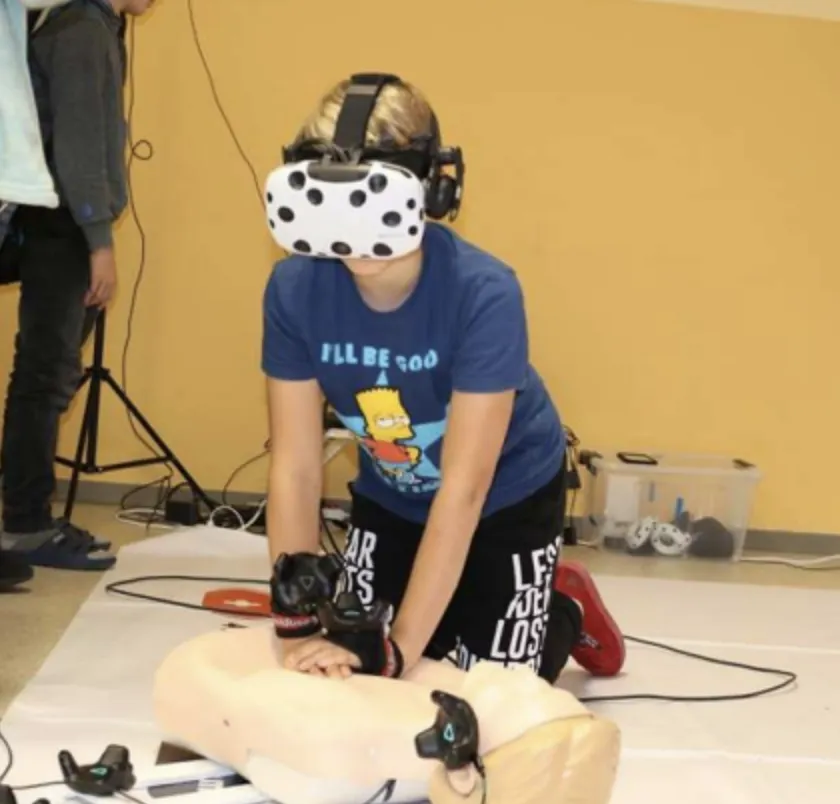
First Aid Training
VR can be combined with a less expensive doll to add realism by showing a real 3D figure instead of a doll, helping students acclimate to emergency situations (blood, grave injuries, etc.). The inexpensive doll still provides feedback, creating a more immersive experience.
With VR, trainers can track student progress, as the 3D environment accurately monitors actions. Additionally, trainers can adjust scenarios to enhance learning.
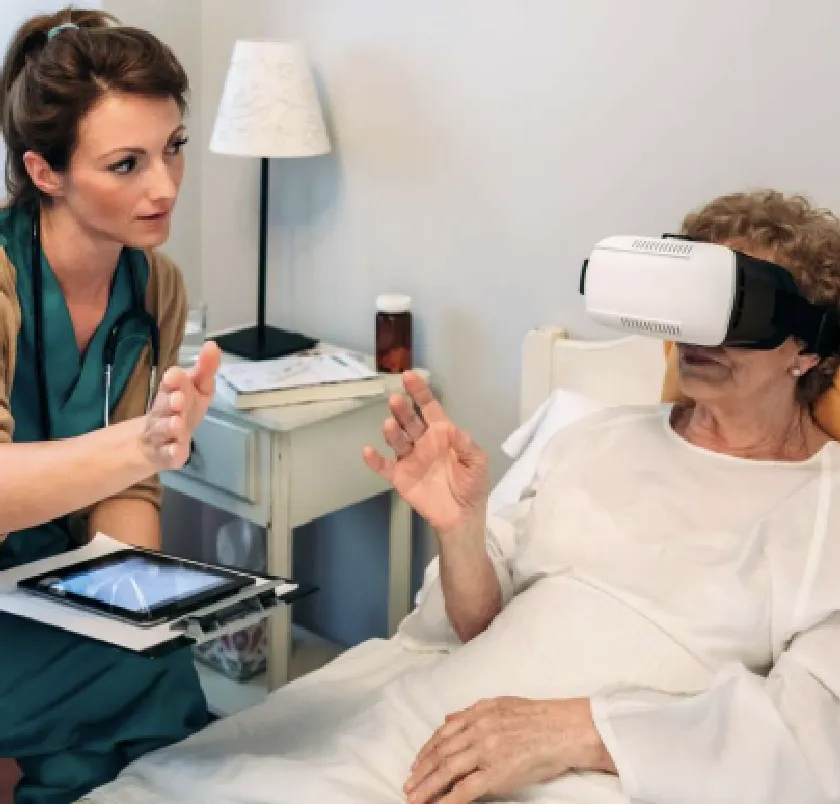
Pre-Surgery Visualization
Research shows that some patients take longer to recover due to shock upon waking in the Intensive Care unit. Waking up with tubes, pain, and medication effects can be distressing, potentially delaying recovery and causing complications.
To minimize this, researchers use VR to familiarize patients with the process—moving to surgery, sedation, and waking in the ICU—helping them mentally prepare.
Additionally, 360° VR experiences help families understand procedures, offering clarity on what the patient will undergo.
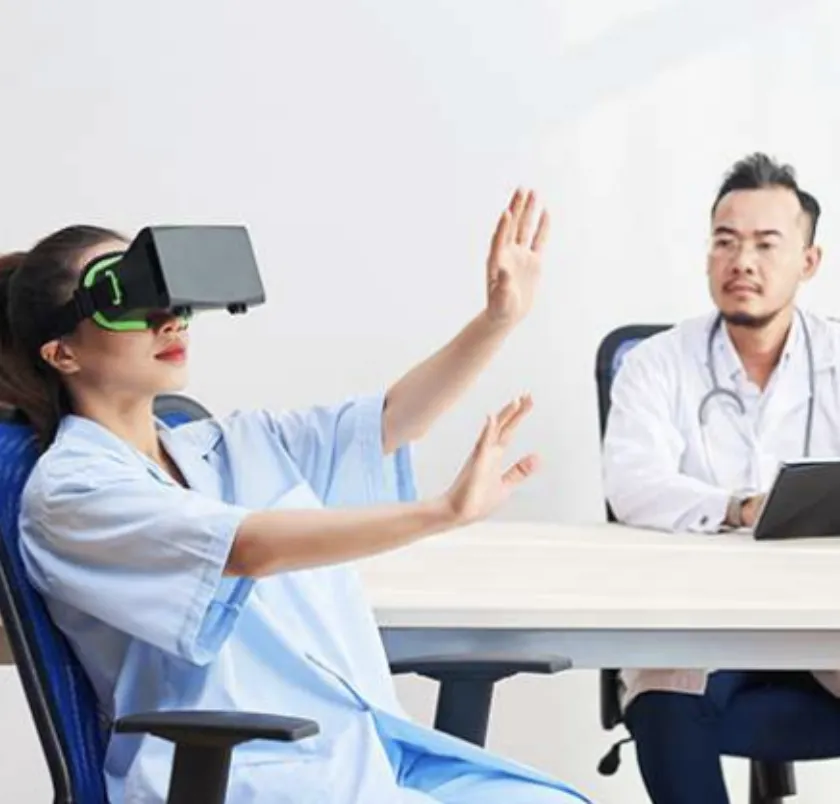
Rehabilitation of Patients
Studies show VR accelerates rehabilitation by placing patients in environments that enhance recovery (e.g., mimicking motor neuron treatment).
Gamification makes tedious rehab activities engaging, boosting patient motivation and reducing dropout rates. VR’s immersive nature helps patients focus on recovery without external distractions.
Advanced tracking techniques measure sub-millimeter movements, allowing professionals to monitor progress and adjust the 3D environment. Automated movement tracking enables self-guided exercises, improving efficiency and lowering healthcare costs.
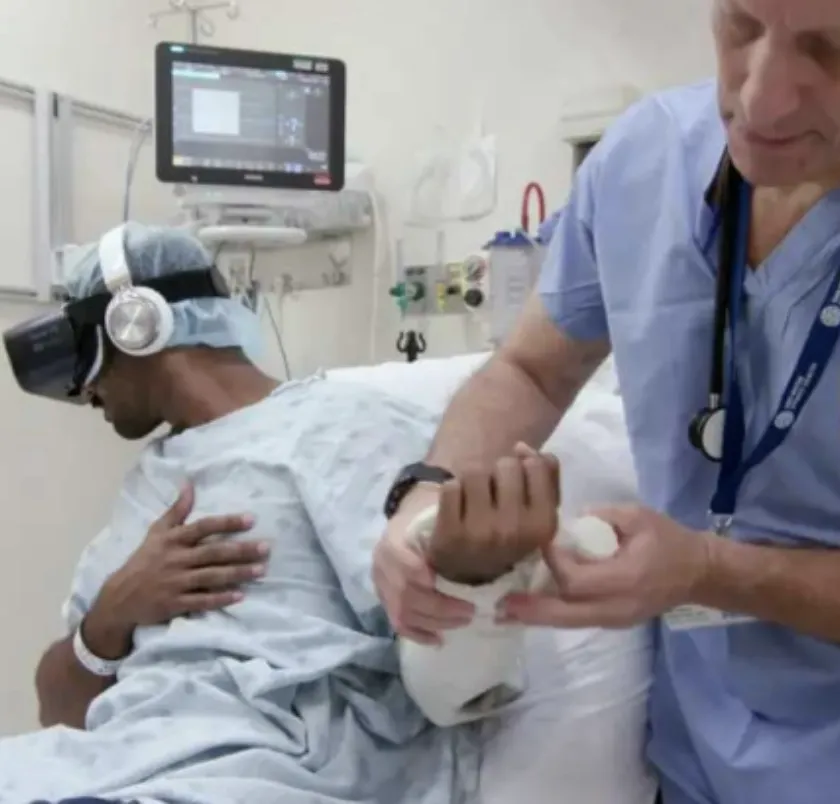
Pain Treatment and Hypnosis
As such, research has shown that VR is indeed able to significantly reduce the pain experience by placing the patient in engaging VR environments. The reason lays in the fact that the patient's attention is diverted towards a pleasant experience, and not towards the pain inducing procedure.
On top of its applications in pain management, VR can be employed to facilitate hypnosis with less or no medicines, reduce anxiety of patients and as such increase the recovery rate of the patient after surgery.
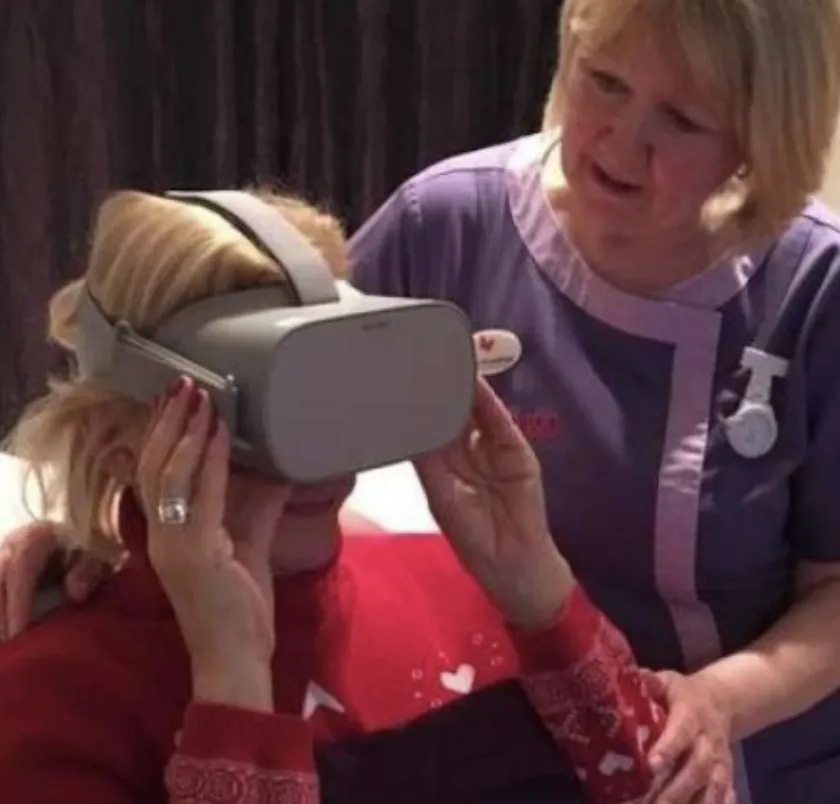
Improve Patient Wellbeing
Using 360 live streaming video technology, patients can be shown a live feed from their home and see what their parents are doing. This way, little patients can communicate with their parents, and still feel the warmth of their home in the hospital environment.
Alternatively, patients can virtually attend a concert of their favorite band and experience it as if they are there themselves!
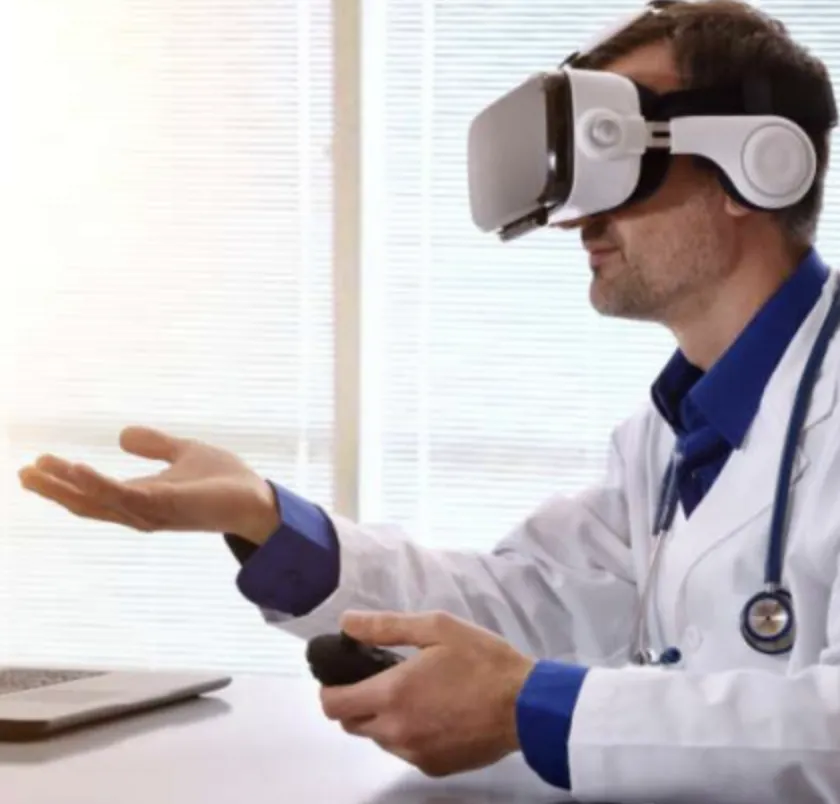
Pre-Surgery Analysis
Using Virtual Reality, surgeons are able to use a 3D visualization of the patient or the organ. As such, they can already virtually practice the surgery and for example, find out the best and most efficient way to enter the body and extract the tumor.
By using VR, surgeons can increase the speed and accuracy at which they perform the surgery and therefore reduce the potential impact on the patient. Pre-surgery VR can this way reduce costs and increase efficiency.